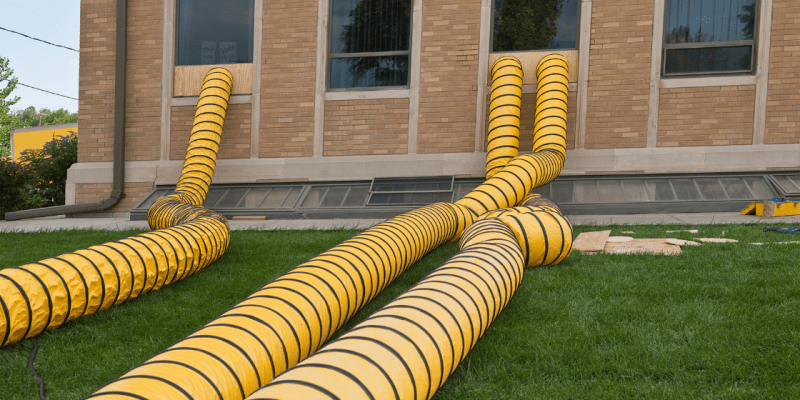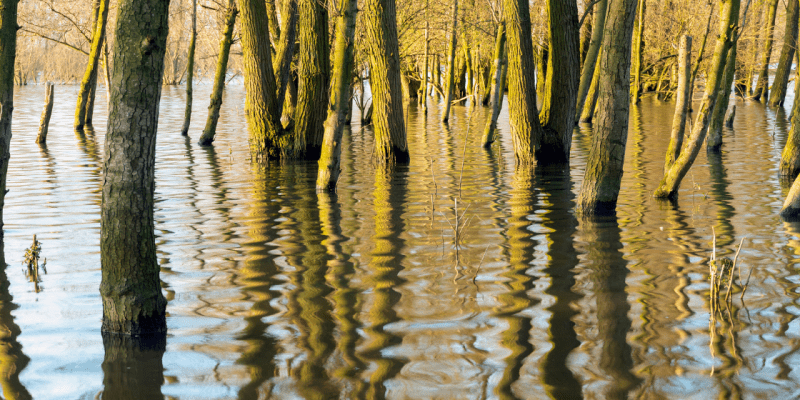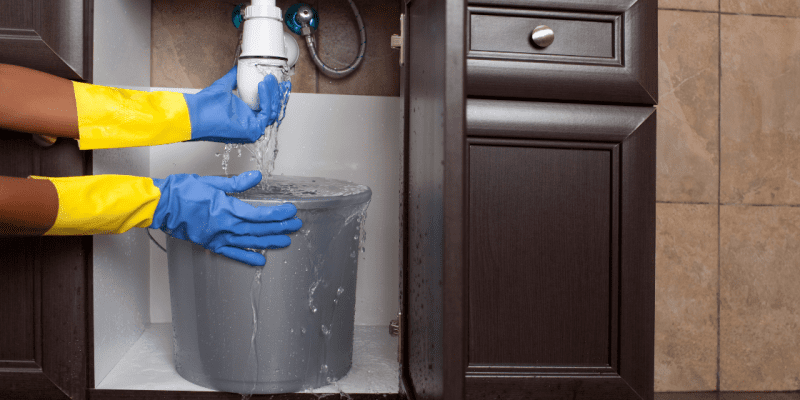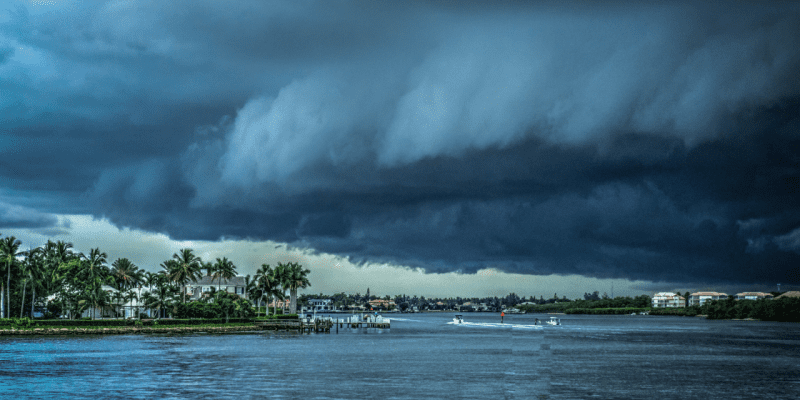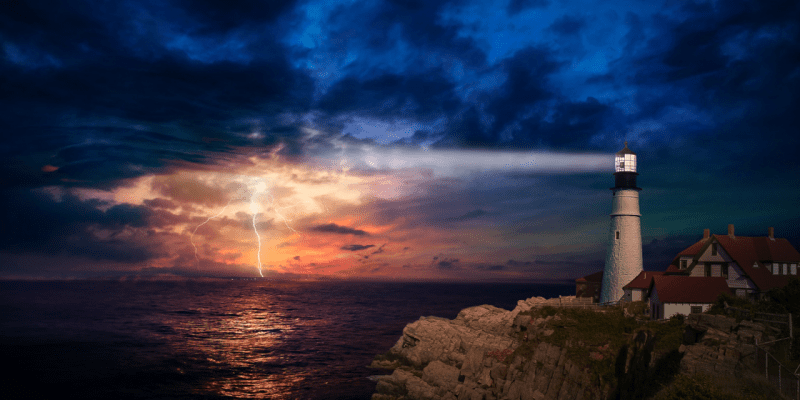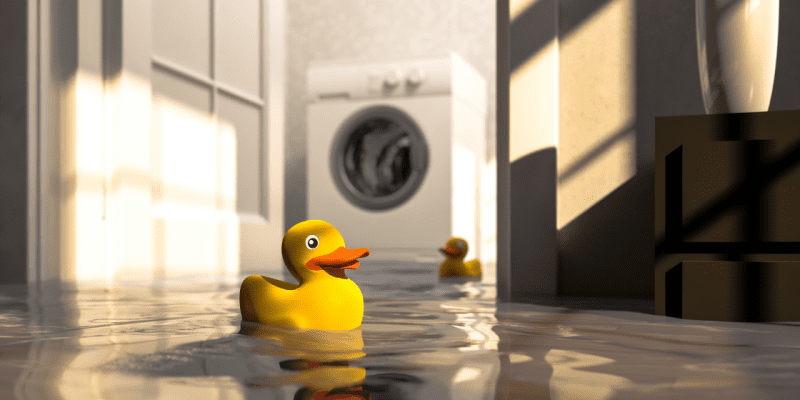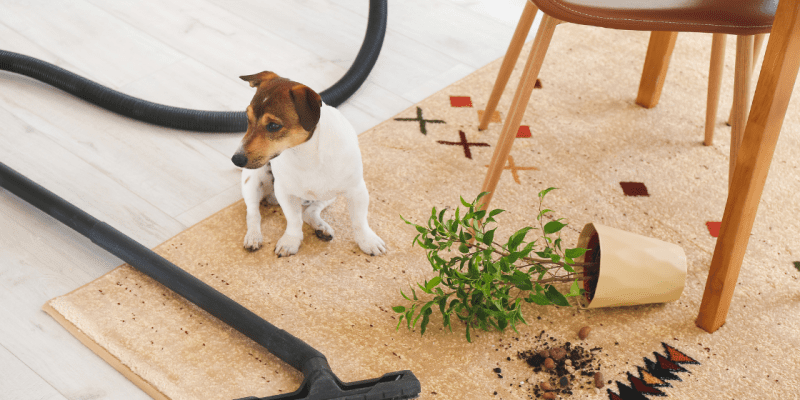It’s pretty common to have a water leak and not even realize it. Most leaks are hidden from plain sight and require special attention to detail in order to notice them. Take a moment and look for the following signs that result in the need for leak detection services.
Continue reading “When Should I Call a Professional? (Leak Detection)”



